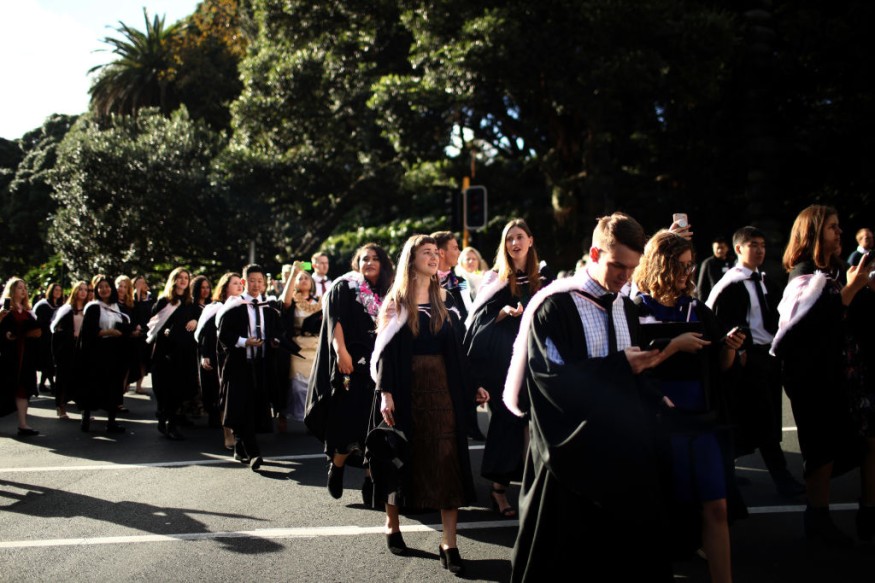The Pressing Reason Why Latino Students Steer Away From College

Education is a right that cannot be taken away by anyone. It is imperative to nurture one's mind and prepare an individual for the worldly responsibilities cast upon them.
But because of the COVID-19 pandemic, the geography and set up of education abruptly changed. Can the virus be held accountable for Latino students who decide not to pursue college?
According to National Clearinghouse Research Center's monthly update, Many colleges across the United States shifted to online-only learning in mid-March 2020 because of the uncertainty COVID-19 has brought.
They add that the Fall 2020 enrollment has declined in freshman enrollment with a 16.1 percent drop to a still substantial decline of 13.0 percent.
Latino Students and College
In a report by The Chronicle of Higher Education, Latina and Latino's students have been the fastest-growing undergraduates segment.
Still, during the Fall of 2019, they were the only demographic to score enrollment gains. However, they add that during the Fall of 2020, Latino families are also affected by COVID-19 related sickness and job losses.
They further that COVID-19 affected the number of Latino freshmen, tumbling down to 20%. National Clearinghouse Research Center adds that among the sectors that go to college, Latino is among the three groups in community colleges that have a large decline, along with Native Americans and Blacks.
The Chronicle on Higher Education also notes that in 2017, 24% of Latino adults aged 25 and older have earned at least an associate degree, compared with 46 percent of white adults.
Cost of Education
Another factor that may have affected the enrollment is the tuition fee. USA Today references federal data analyzed by the college lobbying group, the American Council on Education, which suggests that 70% of Latino undergraduates enrolled in higher education come from families in the bottom half of earners.
They add that nearly half of the Latino community is the first to attend college, and only under half of them are eligible for Federal Pell Grants. Money is given to those with a high financial need.
The University of North Caroline at Chapel Hill found in their survey that Latinos exhibit greater levels of dislike to education debt. They add that Latino's environmental and financial barriers are more prominent obstacles in completing college.
According to The Chronicle of Higher Education, enrollment and financial pressure are compelling the community colleges that disproportionately enroll the populace to contract.
Many are now not investing in the work it takes to reach and engage the people. They add that education requires more cost, more financial help, and more academic support.
The Chroniclep also notes that the opportunity of education costs higher for people of color. With the high-paying blue-collar jobs that do not require a college degree more appealing, it might be the reason why Latino students chose to work and stay away from college, especially during the COVID-19 pandemic.
WATCH: Latino Education and Economic Progress: Running Faster but Still Behind from Georgetown CEW
Subscribe to Latin Post!
Sign up for our free newsletter for the Latest coverage!
















